I love lamp. I'm not ashamed of it. I've always loved lamp. In particular the Anglepoise lamp. I've been fascinated by them since I first saw them as a child. A beautiful balance of forces, not recognised as such by me back then, but still very much as something that feels like it shouldn't work quite as well as it does. They mesmerised me and still do.
The Anglepoise was designed by George Carwardine whilst working on automotive suspension systems, where similar parallelogram arrangements can be found. He patented the mechanism in 1932 and started production in his own workshops in Bath, England but in just two short years, demand outstripped his ability to supply and he entered an agreement with the Terry Spring company in Redditch.

The design was much copied and the patent would have expired in 1952, but the original Anglepoise Lamps were still characterised by their three or four spring arrangement at the base of the lamp and the fork construction that hold them. Anglepoise held as much as possible to the physics that gives the lamps the otherworldly stability, a physics explained extremely well in this paper from French and Widden from 2000. Keeping the lamp mounted on trunnions on yoke maintains the exact balance in the lamp.
It seems that this attention to detail, and probably the trademark, have allowed the company, Anglepoise to keep going strong so today, despite not holding the patent and being copied by everyone from Ikea to Pixar. They make some really big lamps!

The Anglepoise mechanism was applied to just about any application where work needed to be manipulated then held in position. The mechanism of the steadicam works on essentially the same principal and construction. Which really brings us to the point of why I'm writing about a design classic on the blog of this electronics retail site! I spotted this Kickstarter today for a laser cut Robot Arm. I love robot arms too and since we have a laser cutter we'll be having a go at building something similar. The Kickstarter project is touted as Open Sourced, but just not yet - it will be open and free just as soon as we've paid for it...
